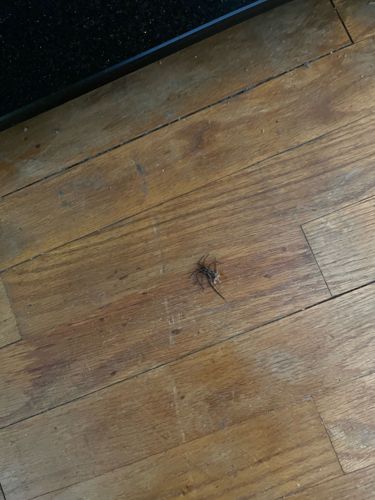Daddy Longlegs / Cellar Spider
Scientific Name: Pholcidae (family)
Order & Family: Araneae (Order), Pholcidae (Family)
Size: Body length is typically 2-10 mm, with leg spans often reaching 50 mm or more.

Natural Habitat
Typically found in dark, damp, and undisturbed areas such as cellars, basements, sheds, garages, and corners of rooms. They often build irregular, messy webs.
Diet & Feeding
They are predatory spiders, feeding on a variety of other insects and spiders. They are known to hunt other spiders, including more venomous ones like redback spiders and hobo spiders, by wrapping them in silk and biting them.
Behavior Patterns
Cellar spiders are known for their long, thin legs and small bodies. They construct irregular, tangled webs that are not sticky but serve to ensnare prey. When disturbed, they often vibrate rapidly in their web, making themselves appear blurry to predators, or drop out of their web and scurry away.
Risks & Benefits
Cellar spiders are generally harmless to humans. Their fangs are very small and typically cannot penetrate human skin. They are beneficial as they prey on other household pests, including other spiders, flies, and mosquitoes. There is a common urban legend about their venom being highly potent but their fangs being too small to bite humans; this is largely a myth. While they do possess venom, it is not considered dangerous to humans.
Identified on: 11/4/2025